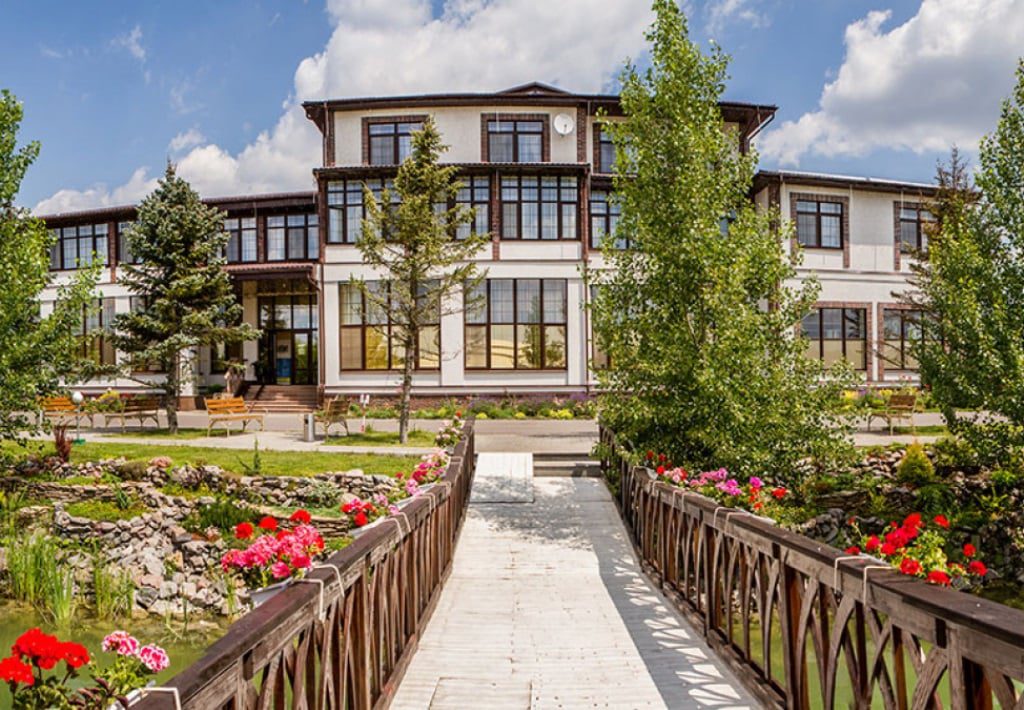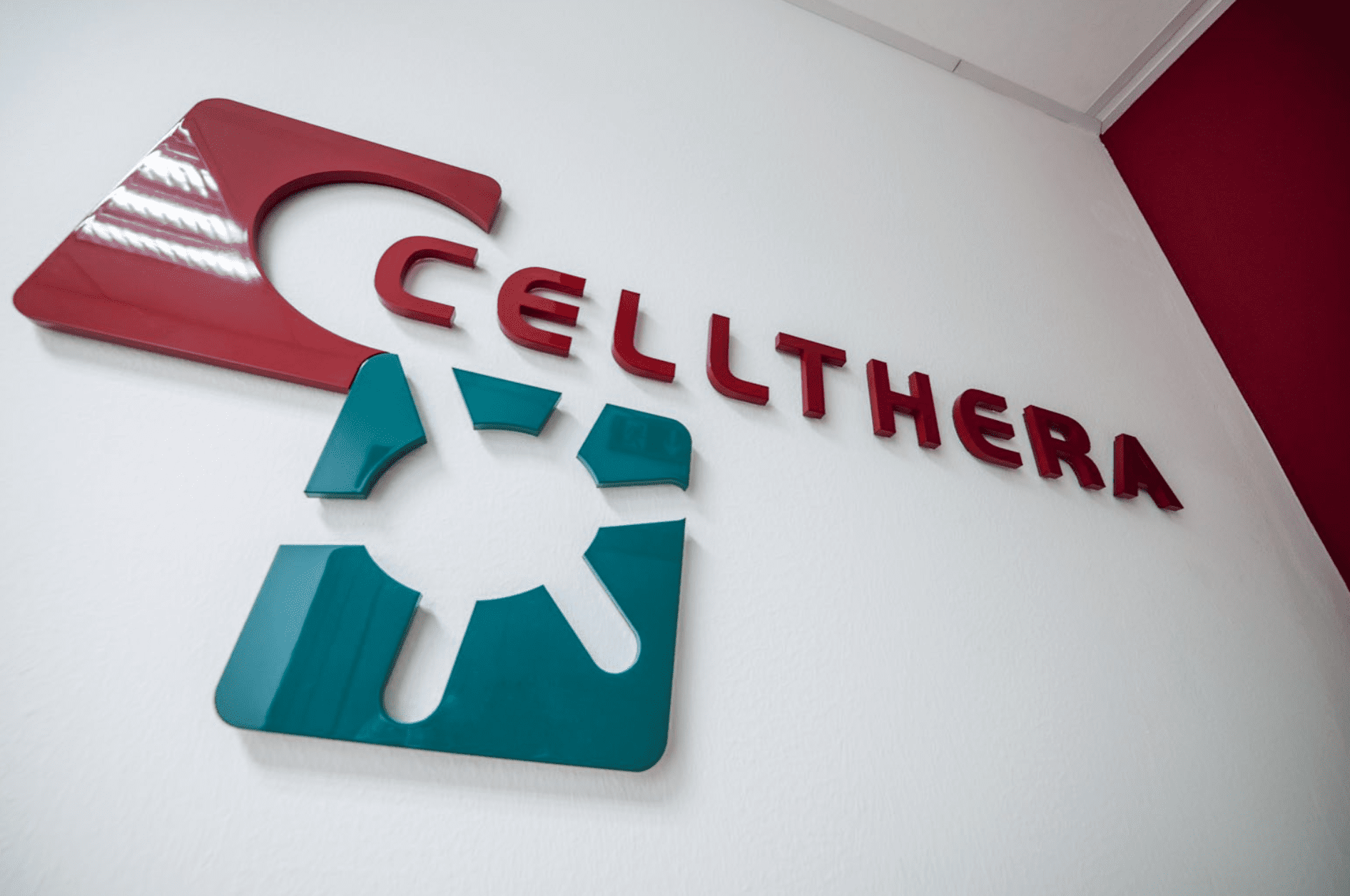LVAD operates as a biomechanical auxiliary engineered to stabilize circulation in individuals suffering from end-stage heart failure. This specialized cardiac implant aids the left ventricle, the muscular chamber responsible for propelling oxygen-rich blood throughout the body. Unlike temporary solutions, the LVAD may act as a bridge to transplant or function independently as destination therapy for those ineligible for heart transplant procedures.
Primary Clinical Applications
- Bridge-to-Transplantation: Patients on transplant waiting registries benefit from LVAD support, which preserves hemodynamic function and reduces mortality risk during donor search delays.
- Destination-Therapy: For non-transplant candidates, LVADs serve as long-duration stabilizers, attenuating symptoms associated with decompensated cardiac insufficiency.
- Bridge-to-Recovery: In rare scenarios, myocardial performance improves to such a degree that the device may be explanted without replacement.
Internal Composition & Operational Framework
The LVAD system involves next-described.
- A surgically embedded pumping apparatus linked to the left ventricle and aorta.
- An externally wearable controller unit for real-time modulation.
- Conduits connecting internal and external modules.
- A drive line enabling communication between system components.
Unlike organic cardiac pulsation, LVADs deliver continuous, non-pulsatile blood flow, enhancing tissue oxygenation and reducing systemic fatigue.
Outcome-Enhancing Benefits
- Augmented systemic perfusion.
- Elevated physical endurance.
- Substantial symptom alleviation.
- Increased survivability in patients lacking transplant eligibility.
- Enhanced candidacy positioning for future heart transplant interventions.
LVAD vs. Transplantation: Comparative Considerations
- Survival Span: LVAD therapy often yields 7-9 years of life-prolongation; successful heart transplant recipients may live 15-20+ years with optimal management.
- Resource Access: LVADs bypass donor-match logistics; transplants hinge on scarcity of suitable donor hearts.
- Rejection Sensitivity: LVADs necessitate minimal immune suppression; transplants mandate life-long immunosuppressive regimens.
- Surgical Burden: Both demand specialized surgical proficiency; however, transplantations pose greater intraoperative intricacies.
- Postoperative Lifestyle: Most LVAD users regain moderate-to-high functional status, while transplant survivors frequently resume pre-disease lifestyle norms.
Pre-Implantation Evaluation Metrics
- Severity of ventricular impairment.
- Multi-organ interaction.
- Probability of thrombosis or hemorrhage.
- Device manageability.
- Multidisciplinary team assessments – cardiologists, intensivists, surgical specialists.
Procedural Risks & Caveats
Despite its life-extending potential, LVAD usage entails certain complications.
- Localized infections, especially at driveline junctions.
- Thromboembolic events, increasing cerebrovascular risk.
- Hemorrhagic predispositions due to continuous anticoagulation.
- Mechanical malfunction, although rare, may demand emergent response.
Long-term efficacy depends on consistent follow-ups, adaptive routines, and patient education regarding device care.Submit your inquiry through our platform, and we’ll promptly match you with a highly qualified medical specialist tailored to your specific needs. Our extensive network includes elite professionals across diverse healthcare institutions, ensuring you receive exceptional, expert-led care.
What is a left ventricular assist device or LVAD?
LVAD represents a surgically-inserted cardiac implant that facilitates circulatory output in individuals coping with advanced ventricular impairment – typically those facing end-stage heart failure.
Is there a difference between LVAD and VAD?
Yes. VAD (ventricular assist device) encompasses all mechanical circulatory aids, including left (LVAD), right (RVAD), or biventricular (BiVAD) systems. LVAD exclusively assists the left side.
What is the life expectancy of someone with an LVAD?
Average post-implant survival ranges between 5-9 years, though some surpass a decade with meticulous care. It may be applied either as destination therapy or a bridge to transplant.
What are the dangers of LVAD?
Potential issues include infections, bleeding, clot formation, and device-related failures. Rigorous monitoring, anticoagulation protocols, and patient education reduce adverse outcomes.











